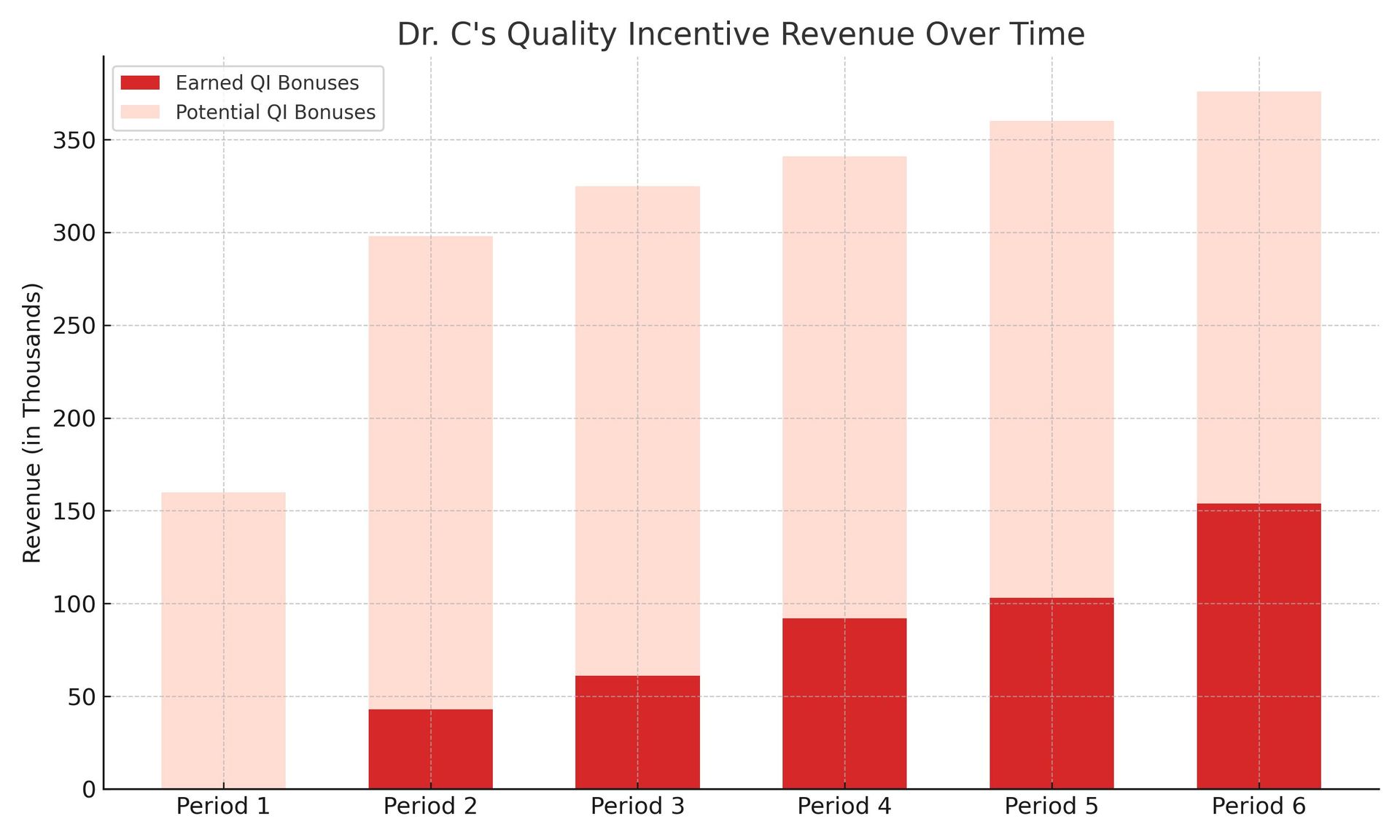By Olivia Tracy
•
September 24, 2025
The push toward value-based care has promised better outcomes for patients and fairer rewards for providers, but the reality has been anything but simple. Doctors are juggling hundreds of insurance plans, countless electronic health record systems, and constantly shifting performance measures, all while trying to give patients the attention they deserve. To better understand these challenges and how technology can ease them, we sat down with Dr. Shane Speirs, CEO and Founder of Adageis. Drawing on his own experiences as a practicing physician, Dr. Speirs shares the inspiration behind Adageis, the hurdles faced in its early days, and his vision for how automation can empower providers to succeed in value-based care. Q: What was happening in healthcare or in your own career that sparked the idea for Adageis? Value-based care was a great idea. At its core, it’s about providing high-quality care to patients, focusing on meaningful medical care rather than just seeing as many patients as possible. In a perfect world, that’s easy to support. In the real world, it’s far more complicated. In Phoenix alone, we have over 100 insurance companies offering more than a thousand different health plans. Each plan has different quality measures and different documentation requirements. When I was working in a clinic, I’d sit with a stack of PDFs trying to figure out which measures applied to which patient. For example, Jane Doe with Blue Cross Blue Shield required one set of measures, while John Smith with Aetna required another. Trying to do that in a 15-minute visit while diagnosing, treating, prescribing, and documenting, is impossible . That’s why we created Adageis: to make the transition to value-based care easy for everyone, whether you’re a large health system or an independent physician. Q: What was the biggest challenge you faced in the early days of building Adageis? I’d say there were two big challenges. First, working with electronic health record (EHR) systems. There are over 90 EHR systems we integrate with, all with different connections, costs, and technical barriers. Despite regulations saying data should be shared, in practice it’s difficult and expensive. Overcoming that was a huge hurdle. Second, working with practices themselves. Some physicians were already doing everything they could to succeed under value-based care. Others were still stuck in the old productivity model, seeing 50 patients a day just to maximize volume. Helping those practices transition was and still is a challenge. The good news is that the environment is changing. Up until three or four years ago, you could get away with the old model. But now, CMS is cutting payments on the fee-for-service side while rewarding providers two to three times more under value-based care. Practices that ignored value-based care before are now actively looking for solutions, and that’s where Adageis steps in. Q: Was there a key moment when you realized Adageis could change the way providers work? Yes. We had been developing the platform for years, but when I started using our beta product in my own clinic, that was the turning point. I immediately saw how much easier it became to provide high-quality care—and to be fairly rewarded for it. That was when I knew this was a game changer. Q: Some providers feel like chasing incentives takes away from patient care. How do you view that balance? I understand that feeling. But the truth is, if you’re providing great care—controlling chronic conditions, keeping patients proactive with screenings, managing diabetes and hypertension—you should be rewarded. No physician should feel shame for wanting to provide for their family while also giving patients the best possible care. That’s what value-based care is meant to align: the goals of patients, providers, and payers. Q: How has the original vision for Adageis evolved into what it is today? The original vision was simple: help providers transition to value-based care more easily. We built a solution that tells providers exactly which measures apply to each patient and how to document them. Today, we’re going even further with automation. Our AI scribe listens to patient encounters, creates clinical notes, suggests diagnosis and procedure codes, and will soon auto-document directly in the EMR. Adageis messaging creates automated care campaigns calculated against your EHR patient data and your contractual payer contracts. It allows templated texts to be sent on queue, prompting patients to get the care they need. That’s the future we’re building toward: making healthcare easier for everyone while reducing the burden on providers.










